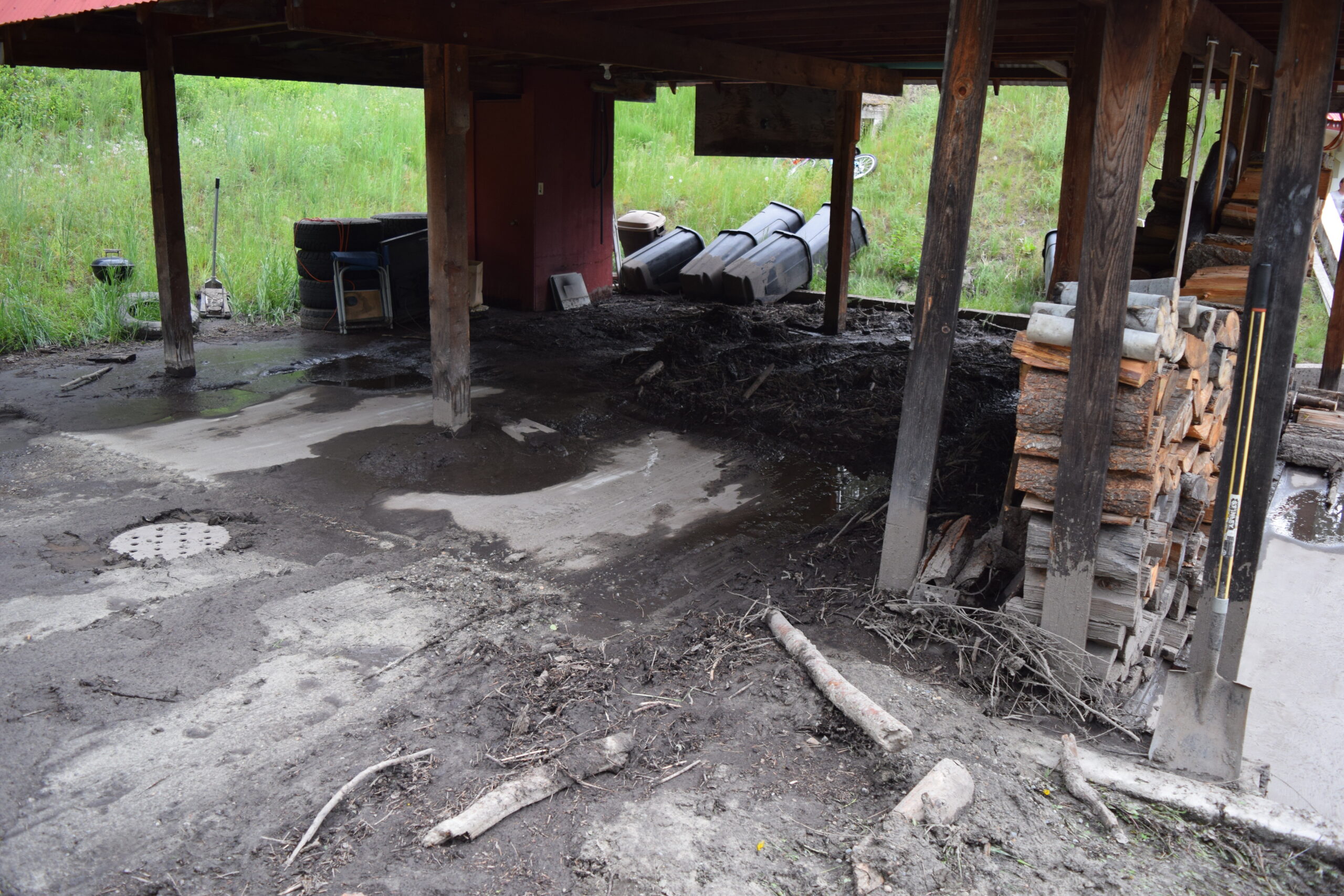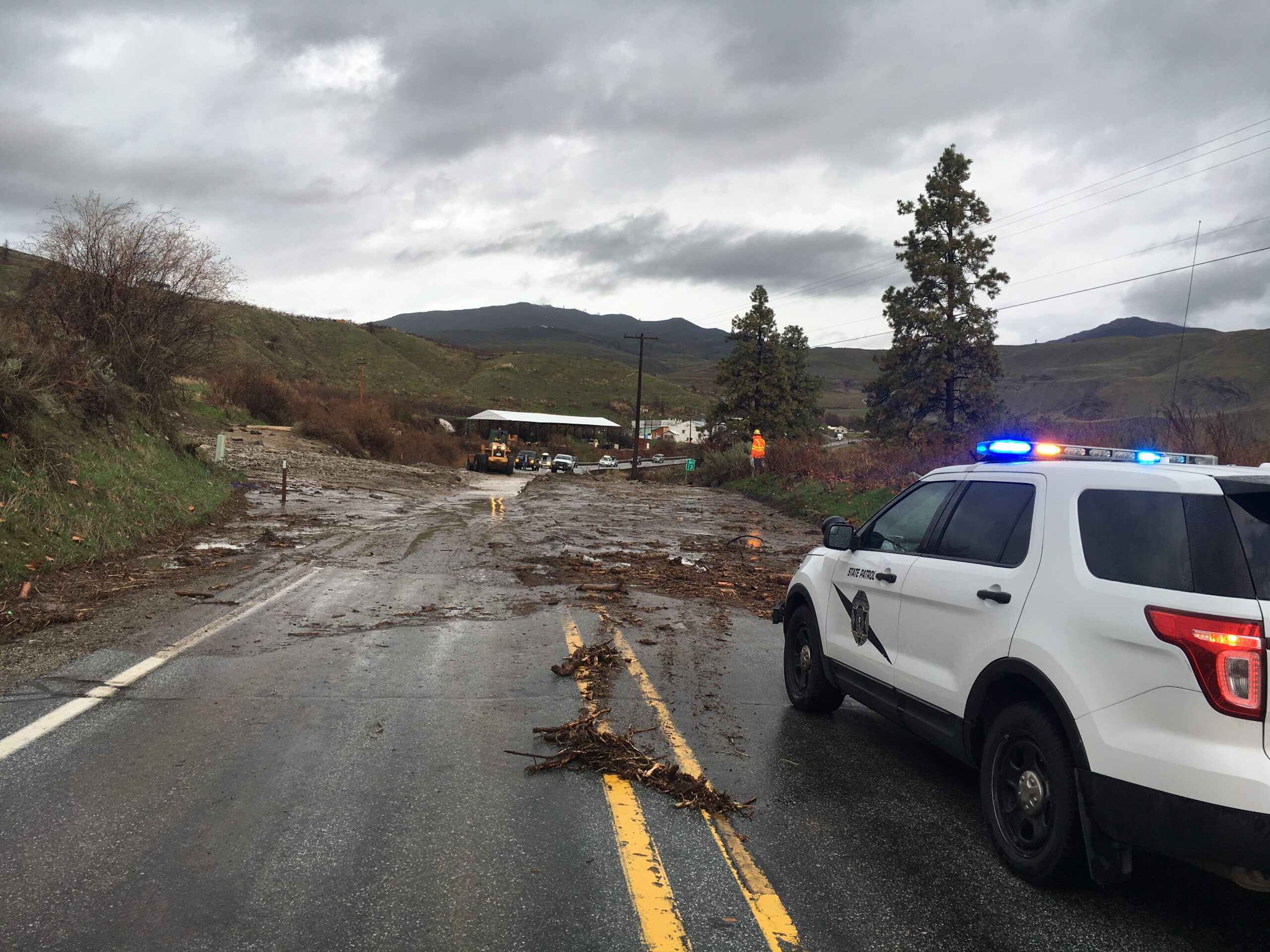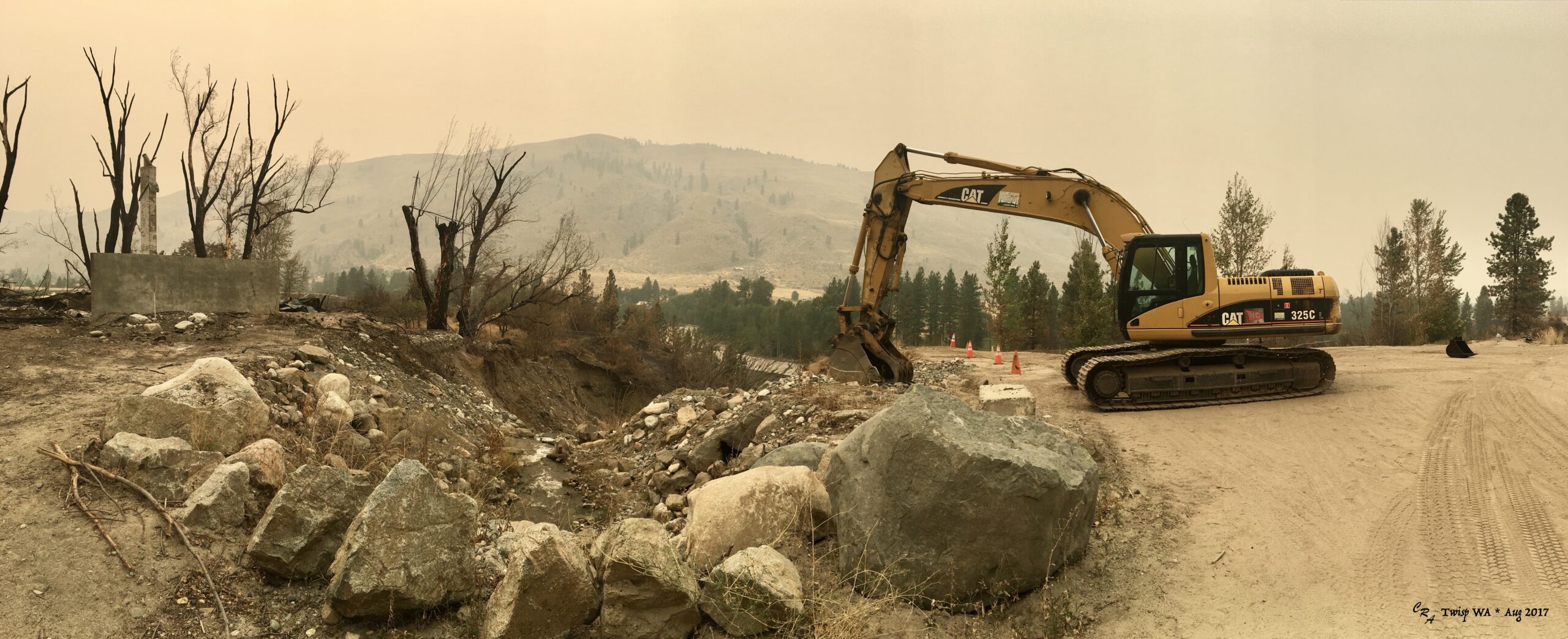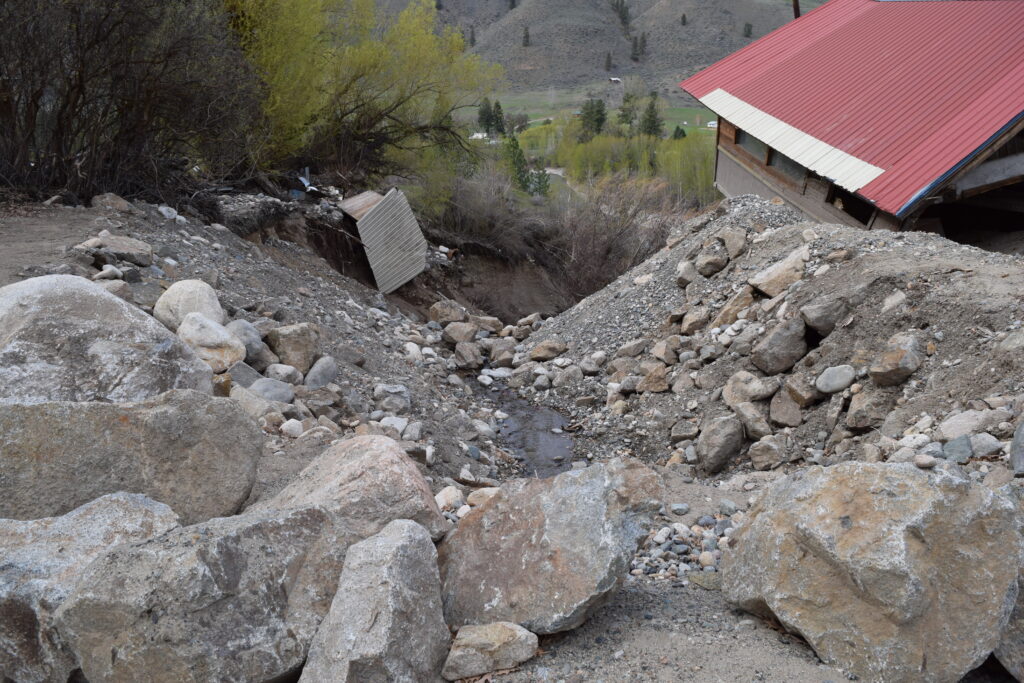Following a wildfire, managing and monitoring debris flow is essential. Wildfires dramatically alter the landscape, increasing the likelihood of debris flows. Debris flows are rapid movements of water, soil, rock, vegetation, and debris that can cause signifiant damage and even fatalities. Debris flows can be triggered with little warning, leaving communities vulnerable. These flows can devastate infrastructure, disrupt local economies, and displace residents, even miles away from the burned area.
Here’s why monitoring and management are so critical:
- Early warning systems: Monitoring rainfall intensity and duration, ground movement, and other factors allows for early warnings to be issued, providing residents with crucial time to evacuate.
- Risk assessment: Developing post-fire debris flow hazard assessments helps identify high-risk areas, allowing for targeted mitigation efforts.
- Mitigation strategies: Implementing measures like debris control structures, sediment basins, and early warning systems can reduce the likelihood and impact of debris flows.
- Protecting lives and property: Proactive measures and preparedness can help safeguard lives and property in areas vulnerable to debris flows.
- Faster recovery: Planning for efficient debris removal and rebuilding according to updated regulations helps communities recover more quickly and become more resilient to future incidents.
Post-wildfire debris flow risk can last for several years. Even small rainstorms can trigger debris flows in burned areas. Residents in areas downstream of a wildfire should be aware of the hazards and take steps to reduce their risk, such as signing up for emergency alerts and purchasing flood insurance. The Pioneer Fire of 2024 in Chelan County activated the WA Wildfire-Associated Landslide Response Team. Their report shares the post wildfire significant impacts. Collaboration between government agencies and communities is vital for effective debris flow management.
More on Debris Flows:
→ When burn scars become roaring earthen rivers
→ Wildfire-Associated Debris Flows




